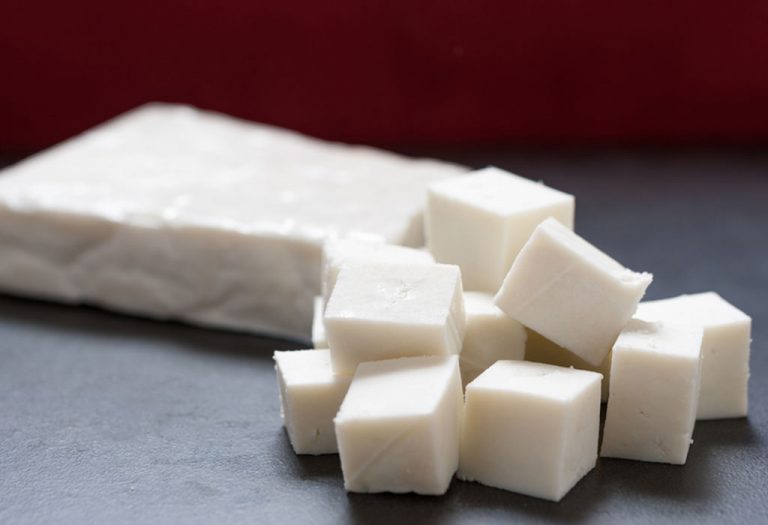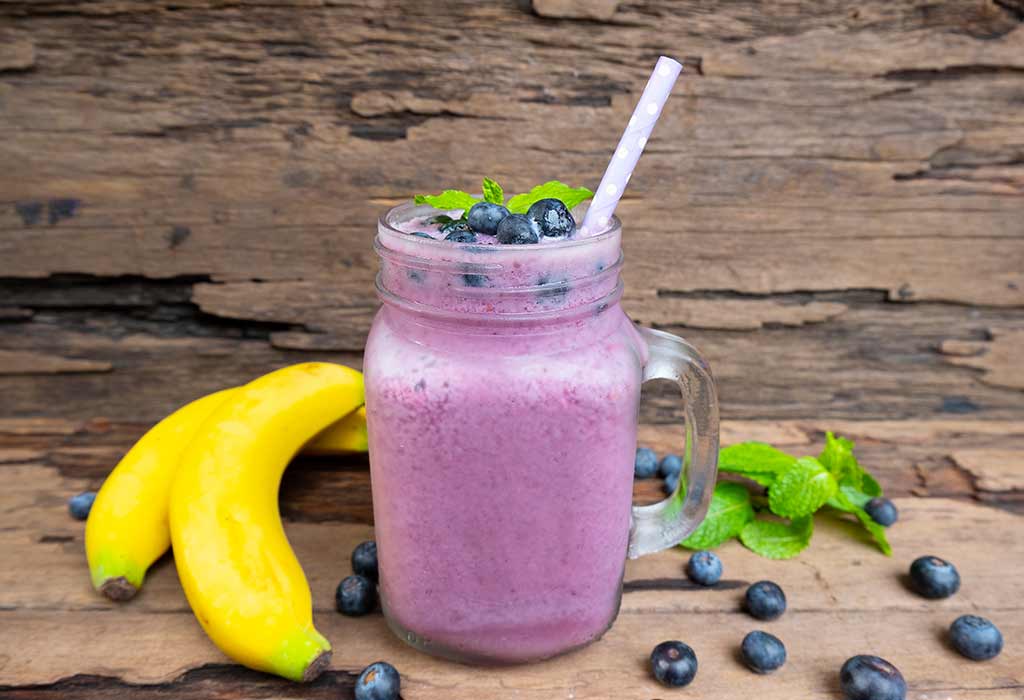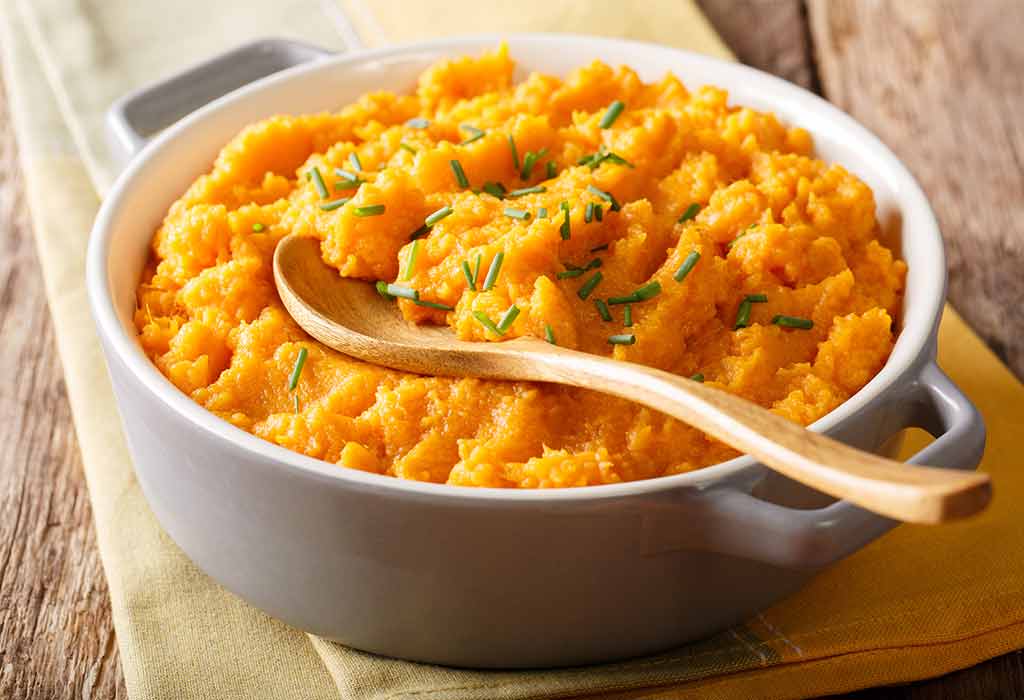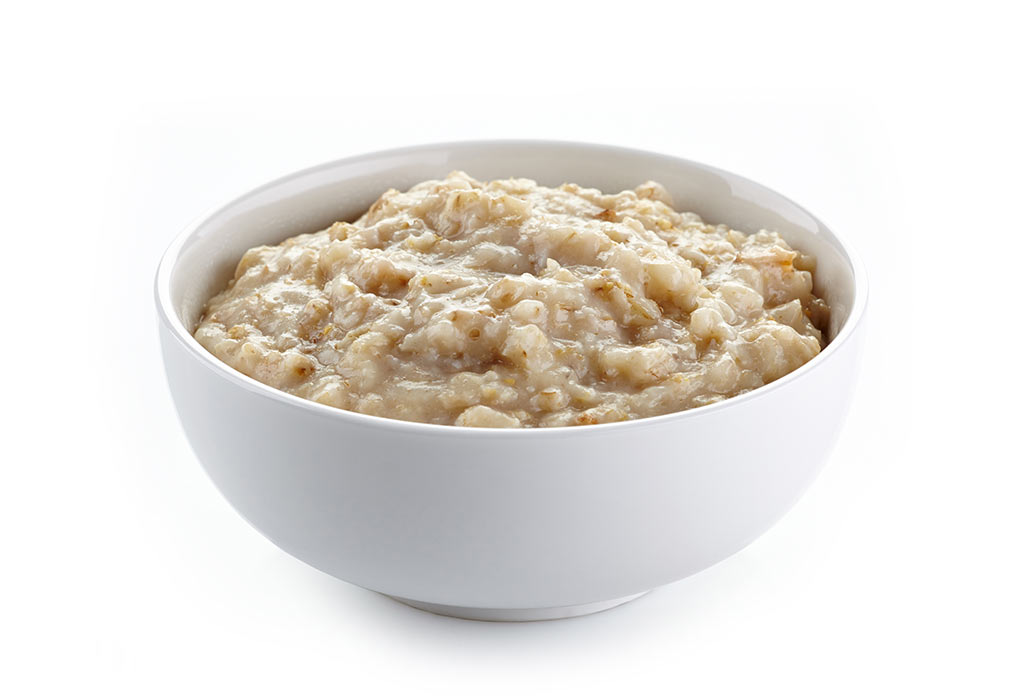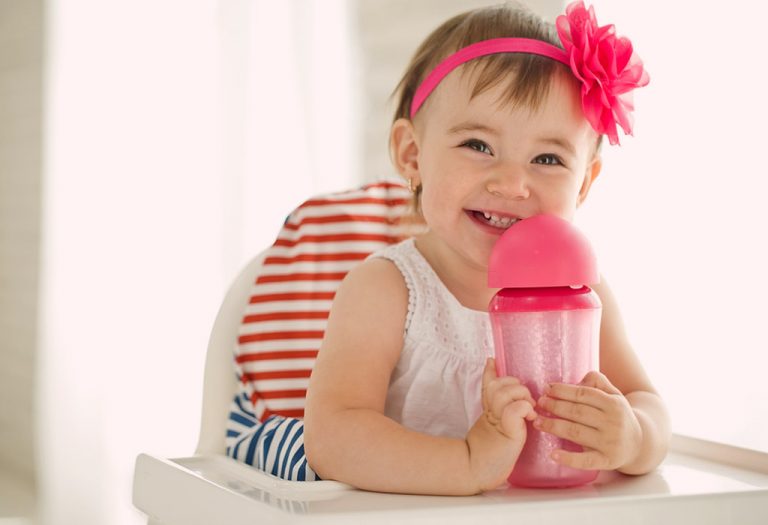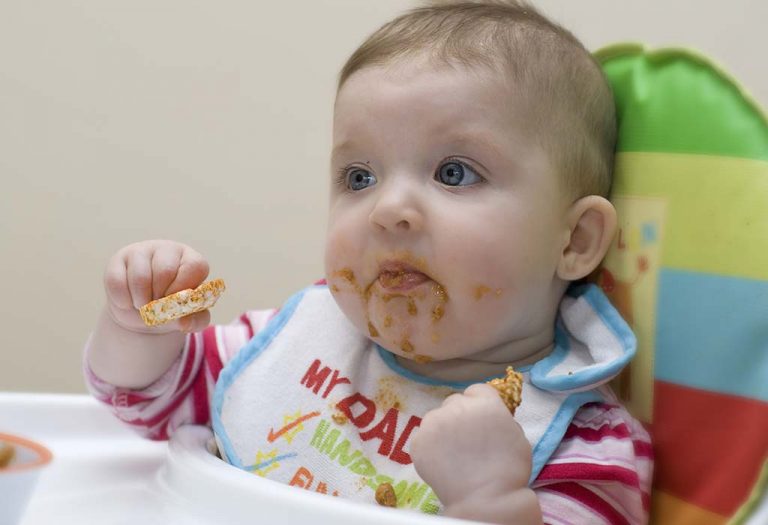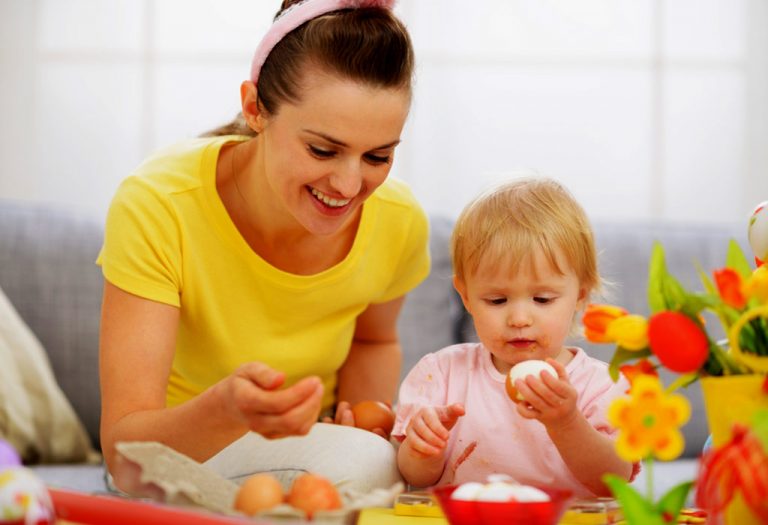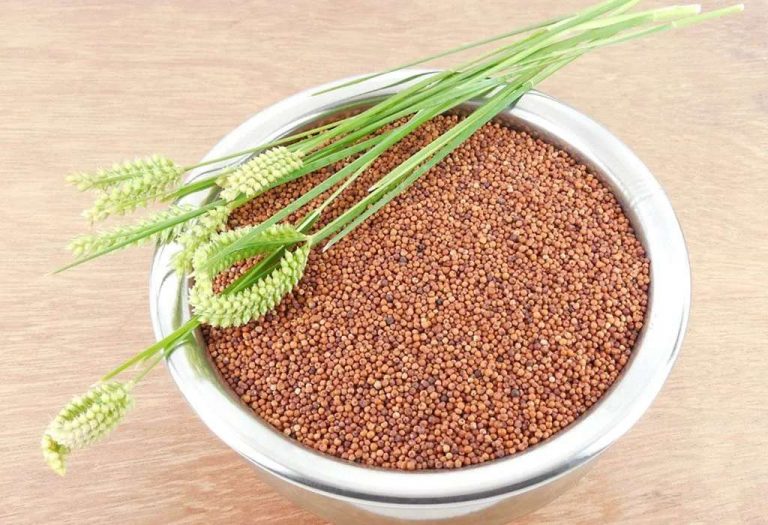Introducing Paneer to Babies – Benefits and Recipes

Now that your baby is above six months old, you must be looking to introduce new and tasty foods into his diet. Your baby must be already eating mashed dal and rice and fruit purees, but if paneer is a part of your weekly diet, you must be planning to make your little one try it too. It is rather delicious, no? Well, while paneer is indeed tasty and healthy, you need to find out when you should introduce it in your baby’s diet because of the two main reasons: paneer is a dairy product and well, your baby is still young and you can’t say for sure how his body and digestive system will respond to this dairy product! Let’s read on to know all about paneer for babies.
When to Add Paneer to Your Baby’s Diet?
Many doctors and experts advise against including milk and dairy products in a baby’s diet until he is at least a year old or older. Until then, the only milk a baby should have is breast milk or formula milk.
If your baby is close to 8 or 9 months old, you can introduce a small bite of paneer and gauge his reaction to it. A few months later, you can start increasing the quantity of paneer to around two cubes, four times a week.
Nutritional Value of Paneer
A 100gm block of paneer generally contains:
- 72 calories
- 20gms protein
- 93.5 water
- 4mg cholesterol
- 3.4g carbohydrates
- 131mg fibre
- 3.3g sugar
- 1.4g fat
- 21mcg vitamin B1
- 181mcg vitamin B2
- 143mcg vitamin B3
- 71mcg vitamin B6
- 0.7mcg vitamin B12
- 19.2mcg vitamin A
- 0.9mg vitamin C
- 13mcg vitamin E
- 0.7mcg vitamin K
- 20mg choline
- 420 mg Calcium
Benefits of Including Paneer in an Infant’s Diet
Including fresh, healthy, and tasty paneer in your baby’s diet can offer him various health benefits. Let’s look at some of them below.
1. Helps in Bone Development
Adding paneer in your baby’s diet can help strengthen the bones of the baby as paneer is a good source of calcium.
2. Strengthens the Immune System
Paneer contains a lot of vitamins in varying quantities which help strengthen a baby’s immune system.
3. Helps in the Formation of Bone Cartilages
Vitamin B plays a vital role in the formation of bone cartilages. Since it is present in paneer in a pretty good quantity, it supports the formation function within the baby’s body.
4. Helps in Baby’s Overall Growth
Paneer contains protein and fat in good quantities. This helps give all the crucial nourishment a baby requires in the years of growth and development. The nutrients present in paneer affect the various bodily processes and body functions that help the child grow properly.
5. Promotes Healthy Hair and Skin
Since paneer contains a lot of vitamin B, fatty acids (Omega 3 and Omega 6), as well as antioxidants, these in a combination keep the skin soft and the hair healthy, maintaining their texture and beauty.
6. Enhances Digestive Health
The probiotics present in paneer contribute to a healthy gut flora, aiding in digestion and preventing common digestive issues such as constipation or diarrhea in infants.
7. Provides Energy for Physical Activity
Paneer is a rich source of protein and healthy fats, providing infants with sustained energy levels necessary for their daily activities and growth requirements.
How Much Paneer Can Be Given to a Baby?
Initially, it is best to give only a couple of small cubes to your baby once he turns 8-9 months of age. If your little one likes it and his body seems to respond well to it, you can gradually increase the quantity of paneer to normal.
How to Make Paneer at Home?
You can make paneer right at home if you don’t want to buy the packaged paneer available in the market.
Ingredients
- 1 litre of full cream milk
- A half-cup of curd or two small spoons of lemon juice
Method
- Take a bowl and pour fresh milk into it.
- Place the bowl on low heat and let it sit there for a few minutes.
- When the milk comes to a rolling boil, add the curd or lemon juice to it, and stir continuously.
- Soon, the milk will start curdling.
- At this point, turn off the heat and strain the liquid and keep the paneer in a muslin cloth.
- Tie this cloth and hang it above a sink. The excess water inside will begin to drain.
- Once the water is fully drained, remove the paneer from it. Let it set on a large plate. You can also add salt if you desire. After about 30 minutes, you can either use it for consumption or refrigerate it.
- This paneer can be given to the baby as well. To be used the next day, it is best to keep it refrigerated.
Quick and Easy Paneer Recipes for Babies
Here are some simple paneer recipes for your little one. You can introduce these recipes in your baby’s diet once he turns 8-9 months of age.
1. Spinach and Paneer Rice
Ingredients
- Chopped spinach – 1/2 cup
- Cooked rice – 1/2 cup
- Chopped paneer – 10 gms
- Ghee – 1/2 teaspoon
How to Cook
- Take a pan and add a small amount of ghee to it. Follow it up with cooked rice and stir. Let it cook for a minute.
- Add paneer pieces, spinach leaves, some water, and let it all cook for 3-5 minutes.
- Turn off the flame and serve.
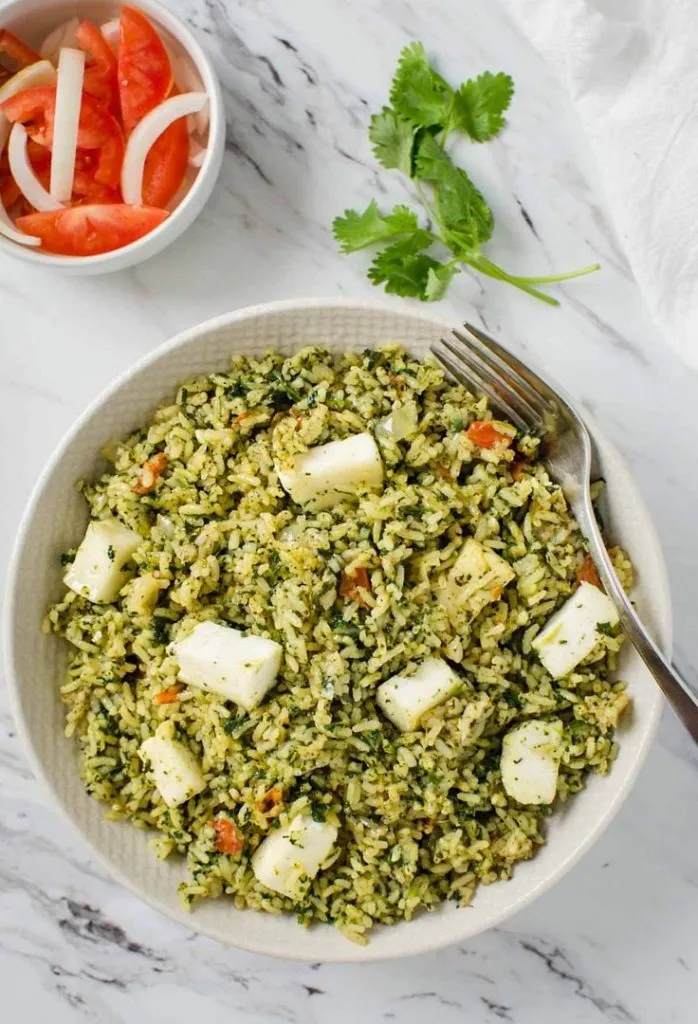
Source: Pinterest
2. Blueberry Delight
Ingredients
- Chopped blueberries – 4-5
- Mashed banana – 1/2
- Paneer – 10 gms
- Vanilla – 1 drop
- A pinch of cinnamon powder
How to Cook
- Put all the mixtures together in the blender.
- Blend it all together to a consistency that is good enough for your baby.
- Pour it in a bowl and serve it to your baby.
3. Apple Paneer
Ingredients
- Diced apple -1/2
- Ground flax- 1/4 tsp
- Paneer – 10-20 gms
- Cinnamon powder
How to Cook
- Take a pan and add the apple pieces to it with some water.
- Heat it for a few minutes without letting the apple pieces break.
- Crumble the paneer in a bowl. Then add the apple pieces on it. Sprinkle some cinnamon powder.
- Finish it with a few ground flax and the dish is ready to serve.
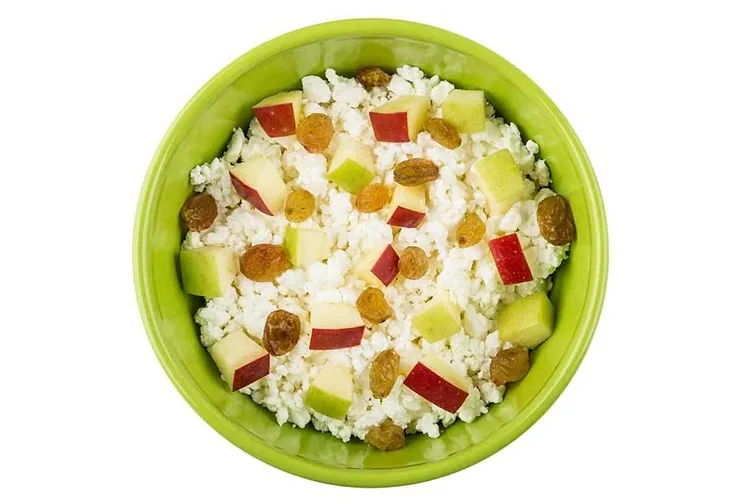
Source: Pinterest
4. Fruit Paneer
Ingredients
- Chopped ripe banana -1/2
- Small blocks of paneer – 10-20 gms
- Ripe papaya -1/2 cup
How to Cook
- Mix all the ingredients together in a bowl and serve it to your baby.
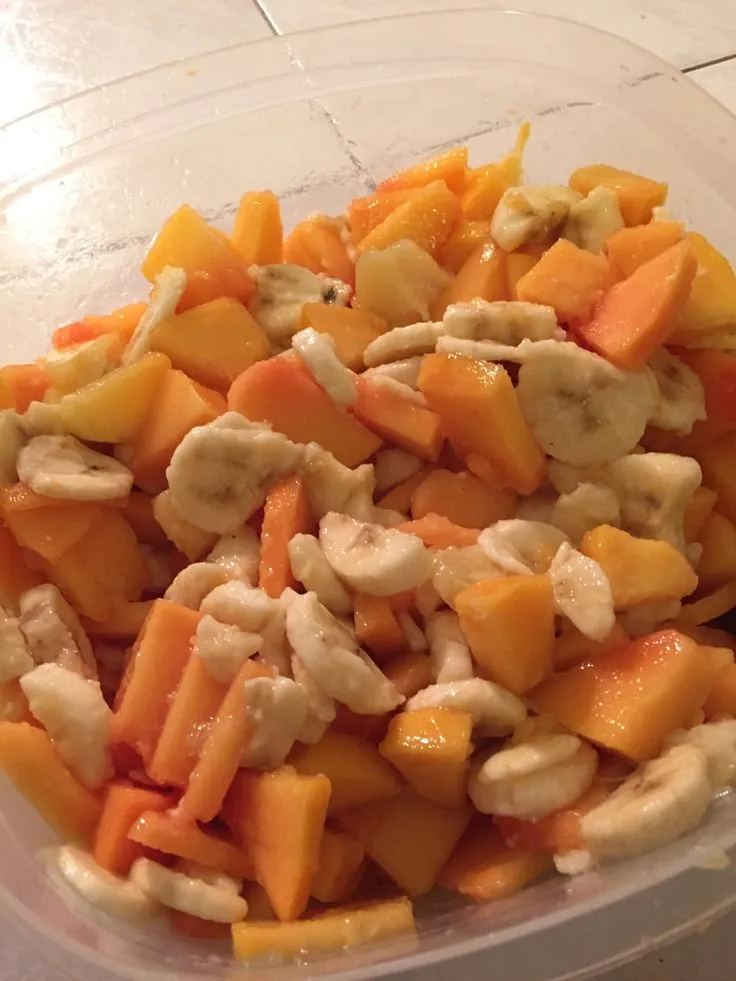
Source: Pinterest
5. Paneer Rice Puree
Ingredients
- Steamed fresh peas – 2-3 tsp
- Small pieces of paneer – 10-20 gms
- Cooked rice – 1/2 cup
- A pinch of black pepper
- A pinch of onion powder
How to Cook
- Take the peas and steam them. Keep them aside for ten to fifteen minutes.
- Later, add the peas, some onion powder, cooked rice, and pepper in a blender and blend it together to make a puree.
- Add paneer to the puree and mix it with a spoon or a fork.
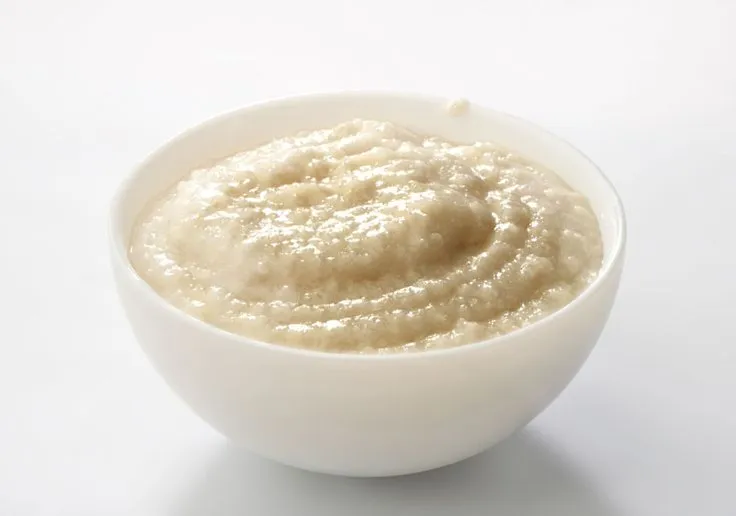
Source: Pinterest
6. Peach, Pear, Paneer
Ingredients
- Paneer – 10 gms
- Peaches – 2
- Pear – 1/2
How to Cook
- Take a bowl and mix all the ingredients well. Then serve to your baby.
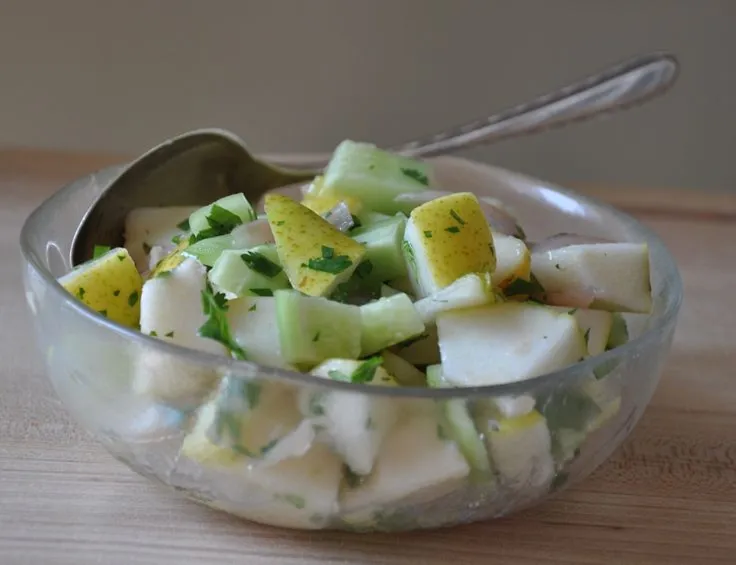
Source: Pinterest
7. Cauliflower and Paneer
Ingredients
- Cauliflower florets – 4-5
- Paneer – 10 gms
How to Cook
- Take small florets of cauliflower and steam them for ten to fifteen minutes.
- Once soft, allow them to cool.
- Take a shallow dish, place the steamed cauliflower florets in it and crumbled paneer. Sprinkle some pepper and serve it to your baby.
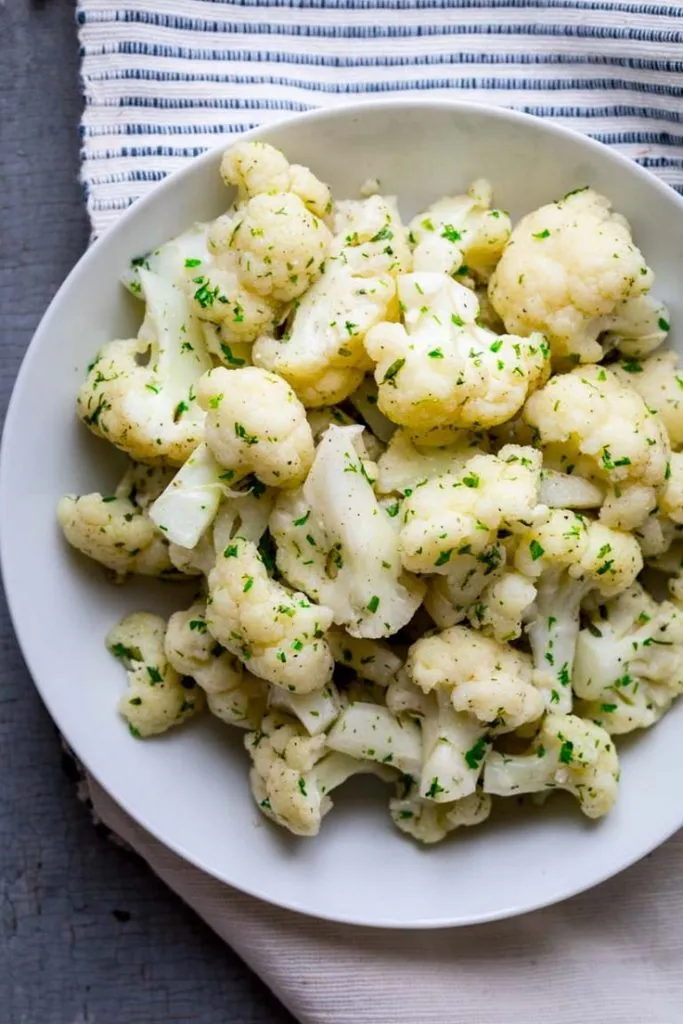
Source: Pinterest
8. Paneer Veggie Mash
Ingredients
- Mixed vegetables (carrots, peas, beans) – 1/2 cup
- Paneer – 20 gms
- Olive oil – 1 teaspoon
- Cumin seeds – 1/4 teaspoon
- Turmeric powder – a pinch
- Water or vegetable broth – as needed
How to Cook
- Steam or boil the mixed vegetables until soft.
- Heat olive oil in a pan and add cumin seeds. Let them splutter.
- Add turmeric powder and sauté for a few seconds.
- Add the steamed vegetables and crumbled paneer to the pan. Mix well.
- Add water or vegetable broth to adjust the consistency as desired.
- Mash the mixture using a potato masher or fork to achieve a semi-smooth texture.
- Cook for a few more minutes until everything is heated through.
- Allow it to cool before serving to your baby.
9. Paneer and Oats Porridge
Ingredients
- Rolled oats – 2 tablespoons
- Paneer – 20 gms
- Water or milk – 1/2 cup
- Dates (optional for sweetness) – 1 or 2, chopped
- Cinnamon powder (optional) – a pinch
How to Cook
- In a small saucepan, bring water or milk to a gentle boil.
- Add rolled oats to the boiling liquid and reduce the heat to low.
- Cook the oats for about 5-7 minutes or until they are soft and creamy, stirring occasionally.
- Crumble the paneer and add it to the oats, stirring until well combined.
- If using dates for sweetness, add them to the porridge and mix well.
- Sprinkle a pinch of cinnamon powder if desired for flavor.
- Cook for another 1-2 minutes until the paneer is heated through.
- Remove from heat and let it cool down slightly before serving to your baby.
How to Prepare Paneer for Baby-led Weaning?
Paneer, a versatile dairy product, can be introduced to babies during the weaning process. It’s a good source of protein and calcium, essential for their growth and development. However, when preparing paneer for baby-led weaning, it’s important to ensure it’s soft and easy for the baby to chew and swallow. Here’s how you can prepare paneer for babies in different age ranges:
For 6 to 9 Months
At this stage, babies are typically transitioning to solid foods. To introduce paneer, steam or boil it until it’s soft and can be easily mashed with a fork. You can also crumble it finely and mix it with other soft foods like mashed fruits or vegetables to make it easier for your baby to handle.
For 9 to 12 Months
As your baby’s chewing skills improve, you can offer paneer in slightly larger pieces or cubes. Ensure that the paneer is still soft and cooked thoroughly to avoid any choking hazards. You can serve it as a finger food alongside other soft foods or incorporate it into recipes like vegetable stir-fries or mashed with lentils.
For 12 to 24 Months
By this age, most toddlers have developed the ability to chew and handle a variety of textures. You can continue to offer paneer in small cubes or thin slices, cooked until soft. Encourage self-feeding by providing paneer alongside other foods, allowing your toddler to explore different flavors and textures. Additionally, you can include paneer in meals like sandwiches, wraps, or pasta dishes for added nutrition and variety.
FAQs
1. When can I introduce paneer to my baby’s diet?
Paneer can typically be introduced to your baby’s diet around 6 to 8 months of age, once they have started eating solid foods and have shown no signs of dairy allergies. However, it’s always best to consult with your pediatrician before introducing any new food to your baby’s diet.
2. Are there any benefits of including paneer in my baby’s diet?
Yes, paneer is a good source of protein, calcium, and other essential nutrients necessary for your baby’s growth and development. It can help in strengthening bones, supporting immune function, and providing energy for physical activity.
3. Can paneer cause allergies in babies?
While rare, some babies may be allergic to dairy products like paneer. Signs of a dairy allergy include rash, vomiting, diarrhea, or difficulty breathing. If you suspect your baby is allergic to paneer or any other dairy product, consult with your pediatrician for guidance.
There are enough and more paneer dishes that are super healthy for babies and tasty too. By taking account of your baby’s age and introducing paneer slowly in his diet, you can rest assured that your baby will grow up into a healthy child and love paneer-based dishes, just like you do.
References/Resources:
1. Paneer; Food Data Central; U.S. Department of Agriculture; https://fdc.nal.usda.gov/fdc-app.html#/food-details/392808/nutrients
2. Feeding Your Baby and Toddler (Birth to Age Two); C.S. Mott Children’s Hospital; https://www.mottchildren.org/posts/your-child/feeding-your-baby-toddler
3. Starting Solid Foods; American Academy of Pediatrics; https://www.healthychildren.org/English/ages-stages/baby/feeding-nutrition/Pages/Starting-Solid-Foods.aspx
4. When, What, and How to Introduce Solid Foods; Centers for Disease Control and Prevention; https://www.cdc.gov/nutrition/infantandtoddlernutrition/foods-and-drinks/when-to-introduce-solid-foods.html
5. 7 Reasons Why Cottage Cheese Is Good for You; Cleveland Clinic; https://health.clevelandclinic.org/cottage-cheese-benefits
6. Stokes. T, Hector. A, Morton. R, McGlory. C, Phillips. S; Recent Perspectives Regarding the Role of Dietary Protein for the Promotion of Muscle Hypertrophy with Resistance Exercise Training (Nutrients); National Library of Medicine; https://www.ncbi.nlm.nih.gov/pmc/articles/PMC5852756/; February 2018
Finger Food for Infant
Dairy Products for Babies
Benefits of Sooji for Babies
Was This Article Helpful?
Parenting is a huge responsibility, for you as a caregiver, but also for us as a parenting content platform. We understand that and take our responsibility of creating credible content seriously. FirstCry Parenting articles are written and published only after extensive research using factually sound references to deliver quality content that is accurate, validated by experts, and completely reliable. To understand how we go about creating content that is credible, read our editorial policy here.






